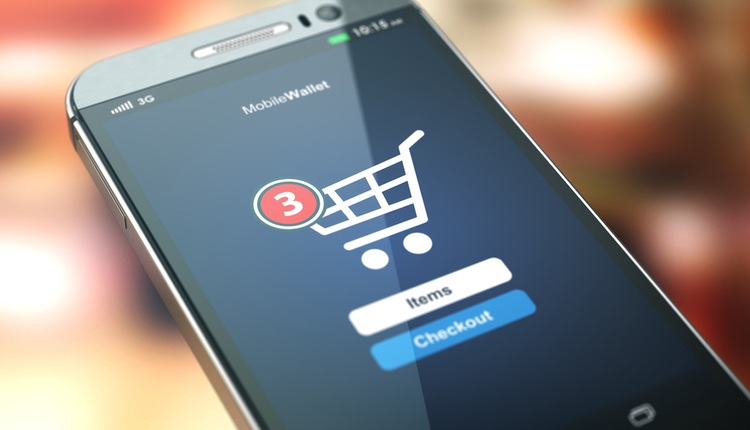The world of global e-commerce is growing at more than 27% each year, with over 131 billion parcels traversing the globe in 2020. This equates to 4,160 parcels shipped per second. Since 95% of the world’s population lives outside the US, this is a great opportunity for all US-based merchants. As the global supply chain networks continue to have constant disruption, the world will rely on parcel shipping to quench their thirst for consumer goods. This will translate into people all over the world ordering items from anywhere on the map. Most consumers don’t care where the item comes from, but they do care about the price, quality, and speed of delivery.
Challenges and Opportunities for Merchants
The top 10 e-commerce markets from the US represent about 80% of all e-commerce orders. Here is a list of the top 10 countries (in rank order):
1.Canada
2.United Kingdom
3.France
4.Australia
5.Germany
6.Japan
7.Mexico
8.South Korea
9.Israel
10.China
In developing your strategy to go global, it is imperative to analyze your products in each respective market and ascertain the selling opportunity. There are many variables that enter into this equation, which could include market size, price competitiveness, duty and tax impact, returns, and delivery expectation.
The top 10 product categories and their growth rates in 2020 are as follows:
1.Toys/hobbies: 27.3%
2.Consumer electronics: 26.0%
3.Jewelry: 19.9%
4.Health/beauty: 18.5%
5.Apparel/accessories: 14.5%
6.Specialty: 12.7%
7.Office supplies: 11.8%
8.Sporting goods: 11.4%
9.Automotive parts: 10.7%
10.Housewares: 9.5%
If you take a close look at this list, you will notice that the COVID-19 pandemic had an influence on what people were ordering. As we come out of the pandemic, the buying behavior of global consumers has not changed. They are now buying items that they traditionally bought at a retail store, and they are willing to purchase these items from anywhere. So, what is important to global consumers and what influences their purchases? Factors such as a lower price, the product or brand not being available domestically, inexpensive delivery cost, trust in the foreign country of purchase, fast delivery, and an understanding of the language of the foreign website all have an impact.
Now that we know what global consumers are looking for, let’s take a look at some of the challenges that merchants encounter with international orders:
1.Navigating customs compliance
2.Tracking deliveries across borders
3.Managing delivery expectations
4.Creating a seamless experience
5.International returns
6.Delivered duty paid (DDP) vs. Delivered duty unpaid (DDU)
The e-commerce world has become very fast and efficient in the US. We can thank Amazon for setting the delivery bar at two days (and, in many cases, next-day or same-day). This is a very difficult expectation to manage when shipping to another country. There are many ways to achieve this goal but they need to be aligned to the profitability of your product.
Ensuring a Successful International Delivery
A successful global delivery all starts with a clear and concise description of the product and its reason for importation. The main purpose of Customs in each country is to protect their country from items that they do not want within their borders and to collect the respective duties and taxes that are assessed. Using the correct Harmonized Tariff Schedule (HTS) code is one of the easiest ways to manage customs compliance. The HTS code is a 10-digit code that provides an accurate description of the product. This eliminates all the “guessing” in the clearance process. This can have a significant impact on the overall margin of your business. An excellent resource to help you in this process is https://www.trade.gov/harmonized-system-hs-codes. In addition to having the correct HTS code, it is important to understand any rules and regulations of the product you are shipping. Many products can get reduced duties and taxes, and some have limitations to quantity (i.e., supplements) and may be restricted from entering the country. There has also been some major changes in the best practice of DDP vs DDU. Most countries are moving towards a DDP standard, which makes the delivery experience seamless to the consumer. However, in order to accomplish this, you will need to add a duty/tax calculator to your website.
- USPS International: This is an easy way to ship but can be expensive. The First-Class International Package service is cost-effective but slower in terms of delivery time. The Priority Mail International (PMI) service is faster but tends to be expensive.
- Package Consolidators: This is a great way to ship, but you usually need at least 25 packages or more per pick-up. For large merchants, this is a good way to go, and these providers offer trackable services.
- Express Carriers: All the major carriers offer fast and reliable service. However, for smaller merchants, it can be expensive, so you may want to look at one of their resellers to get a better price. DHL Express is one of the market leaders in this area.
Once you have an understanding of the HTS codes and developed strong relationships with the carriers who will deliver your international packages, you are well on your way to ensuring the success of your global parcel operation. There are still many other factors to keep in mind (such as the returns process) that are beyond the scope of this article, but the overarching message is that for global shippers, the world is becoming smaller and smaller — and that’s a good thing. There are many opportunities for merchants that are big or small. It is just a matter of seeking the unknown.
Michael J. Ryan is the Vice President-Parcel Solutions for Flat World Global Solutions and has over 25 years in the parcel industry. He can be reached at 708.224.1498 or mryan@flatworldgs.com.
This article originally appeared in the 2021 International issue of PARCEL.



















